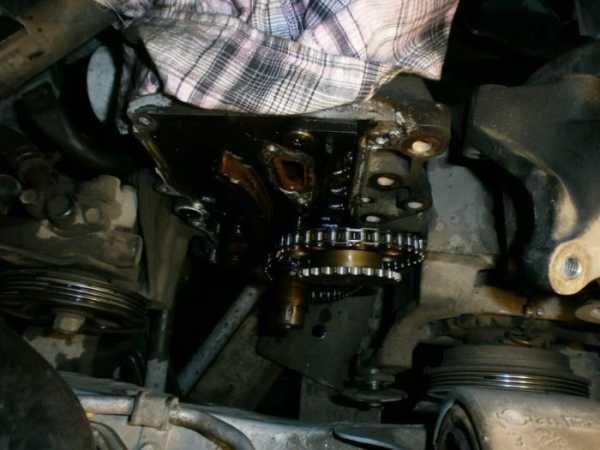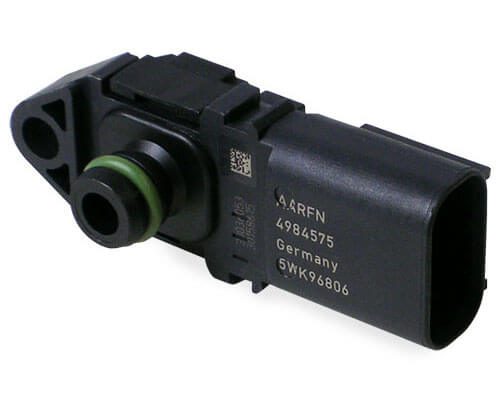
P051A Crankcase pressure sensor circuit
Content
- P051A Crankcase pressure sensor circuit
- OBD-II DTC Datasheet
- What does this mean?
- What is the severity of this DTC?
- What are some of the symptoms of the code?
- What are some of the common causes for the code?
- What are the steps to diagnose and troubleshoot a P051A?
- Related DTC discussions
- Need more help with the P051A code?
P051A Crankcase pressure sensor circuit
OBD-II DTC Datasheet
Crankcase pressure sensor circuit
What does this mean?
This is a generic powertrain diagnostic trouble code (DTC) and is commonly applied to OBD-II vehicles. Car brands may include, but are not limited to, Ford, Dodge, Ram, Jeep, Fiat, Nissan, etc.
Among the countless sensors that the ECM (Engine Control Module) must monitor and tune to keep the engine running, the crankcase pressure sensor is responsible for providing the ECM with crankcase pressure values to maintain a healthy atmosphere there.
As you can imagine, there is a lot of smoke inside the engine, especially while it is running, so it is very important for the ECM to have an accurate crankcase pressure reading. This is not only necessary to keep the pressure from getting too high and cause damage to seals and gaskets, but also to ensure that this value is required to recirculate these combustible vapors back to the engine through the positive crankcase ventilation (PCV) system.
Any unused crankcase flammable vapors enter the engine intake. In turn, we work together to improve emissions and fuel efficiency. However, it definitely has a valuable purpose for the engine and ECM, so be sure to solve any problems here, as mentioned, with this malfunction you could be prone to gasket failure, o-ring leaks, shaft seal leaks, etc. the name of the sensor, in most cases it is installed on the crankcase.
Code P051A The crankcase pressure sensor circuit and related codes are activated by the ECM (engine control module) when it monitors one or more electrical values outside the desired range in the crankcase pressure sensor circuit.
When your instrument cluster displays a crankcase pressure sensor circuit code P051A, the ECM (engine control module) monitors for a general crankcase pressure sensor circuit malfunction.
Example of a crankcase pressure sensor (this one is for a Cummins engine): 
What is the severity of this DTC?
I would say that by and large this drawback would be considered moderately low. In fact, if this fails, you do not run the risk of immediate serious injury. I say this to emphasize that this problem needs to be addressed sooner rather than later. Earlier, I mentioned some of the potential problems if left out, so keep that in mind.
What are some of the symptoms of the code?
Symptoms of the P051A diagnostic code may include:
- Reduced fuel economy
- Leaking gaskets
- Fuel smell
- CEL (Check Engine Light) is on
- Engine runs abnormally
- Oil sludge
- The engine smokes black soot
- High / low internal crankcase pressure
What are some of the common causes for the code?
Reasons for this P051A engine code may include:
- Defective crankcase pressure sensor
- Internal electrical problem in the sensor
- ECM problem
- Defective PCV (forced crankcase ventilation) valve
- PCV problem (broken rails / pipes, disconnection, scuffs, etc.)
- Clogged PVC system
- Cloudy oil (moisture present)
- Water invasion
- Engine is full of oil
What are the steps to diagnose and troubleshoot a P051A?
The first step in the process of troubleshooting any problem is to review technical service bulletins (TSBs) for known problems with a particular vehicle.
For example, we are aware of a known issue with some Ford EcoBoost vehicles and some Dodge / Ram vehicles that do not have a TSB applicable to that DTC and / or related codes.
Advanced diagnostic steps become very vehicle specific and may require appropriate advanced equipment and knowledge to be performed accurately. We outline the basic steps below, but refer to your vehicle / make / model / transmission repair manual for specific steps for your vehicle.
Basic step # 1
The first thing I would do when I detect this malfunction, I would open the oil cap on the top of the engine (it could be different) to check for any clear signs of sludge accumulation. Deposits can be caused by something as simple as not changing the oil, or keeping more than recommended intervals. Speaking personally here, for regular oil I run no more than 5,000 km. For synthetics, I go about 8,000 km, sometimes 10,000 km. This varies from manufacturer to manufacturer, but from experience I have seen manufacturers set longer than commonly recommended intervals for a variety of different reasons. In doing so, I remain safe and I urge you too. A positive crankcase ventilation (PCV) problem can cause moisture to enter the system and form sludge. In any case, make sure your oil is clean and complete.
NOTE: Do not overfill the engine with oil. Do not start the engine, if this happens, drain the oil to bring the level to an acceptable range.
Basic step # 2
Test the sensor following the manufacturer's desired values stated in your service manual. This usually entails using a multimeter and checking different values between the pins. Record and compare the results with the characteristics of your brand and model. Anything out of specification, the crankcase pressure sensor should be replaced.
Basic step # 3
Considering the fact that crankcase pressure sensors are usually mounted directly on the engine block (AKA Crankcase), associated harnesses and wires pass through slots and around areas of extreme temperature (such as the exhaust manifold). Keep this in mind when visually inspecting the sensor and circuits. Since these wires and harnesses are affected by the elements, check for hardened / cracked wires or moisture in the harness.
NOTE. The connector must be securely connected and free of oil residues.
Related DTC discussions
- There are currently no related topics in our forums. Post a new topic on the forum now.
Need more help with the P051A code?
If you still need help regarding DTC P051A, post a question in the comments below this article.
NOTE. This information is provided for informational purposes only. It is not intended to be used as a repair recommendation and we are not responsible for any action you take on any vehicle. All information on this site is protected by copyright.
